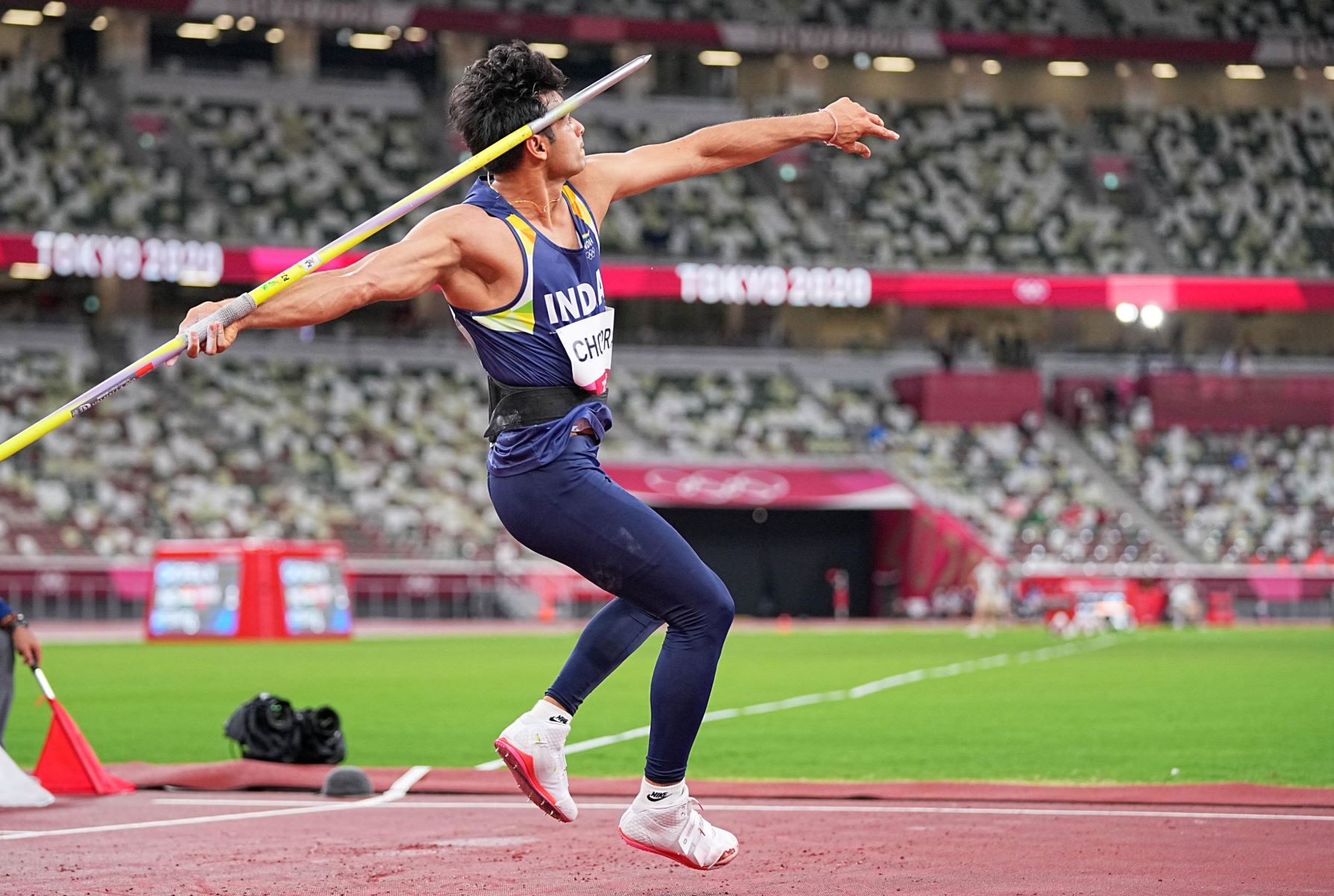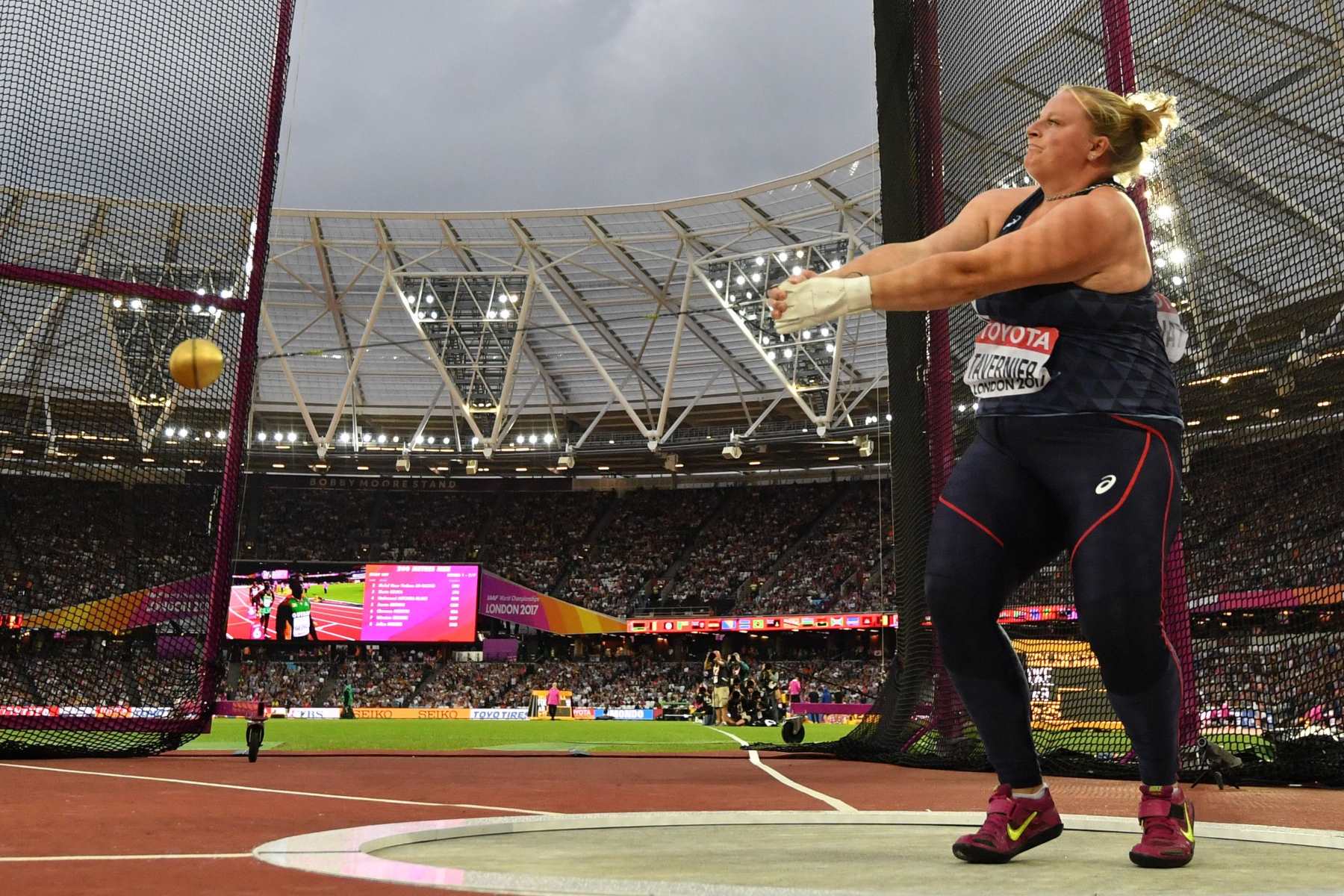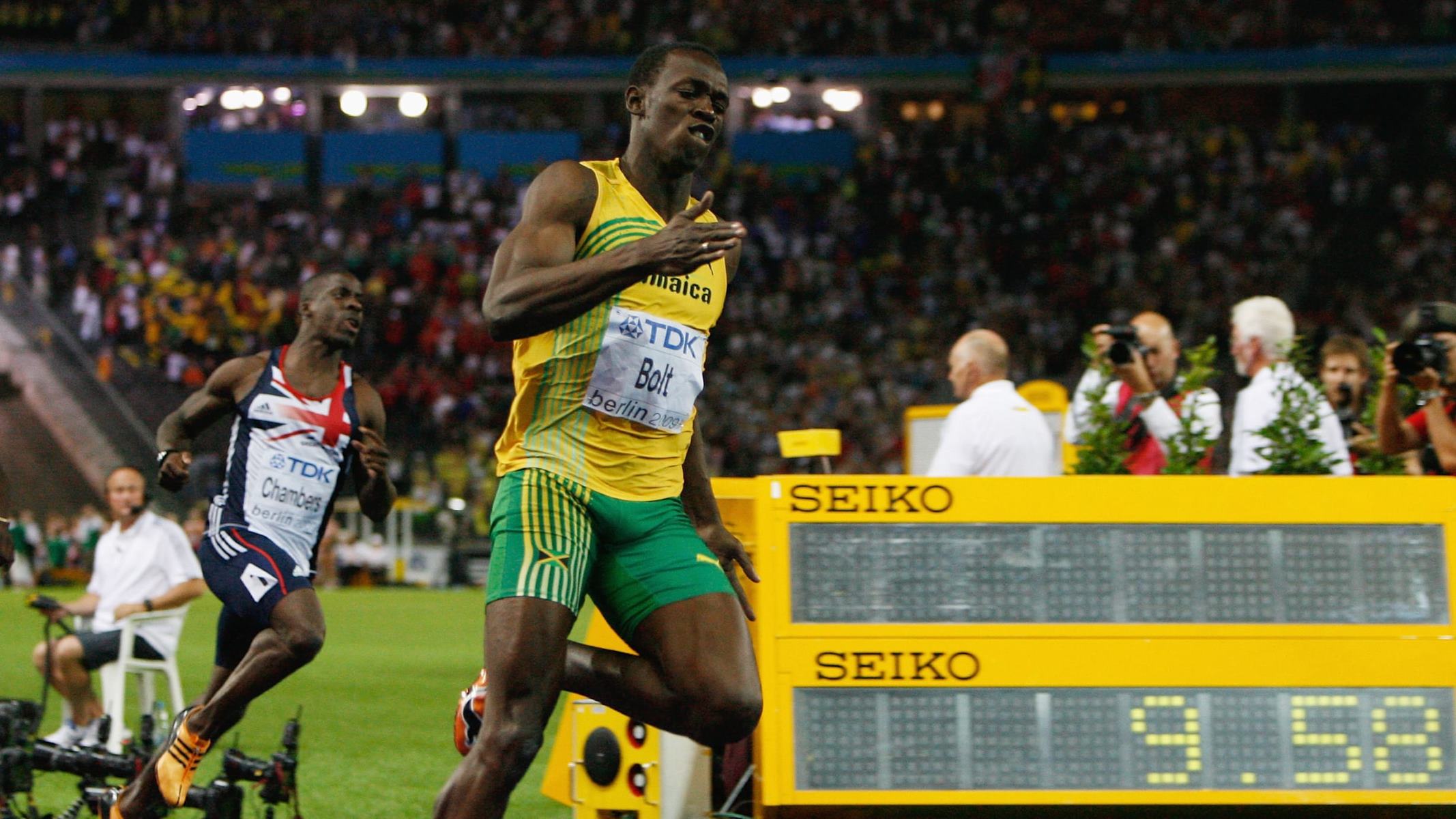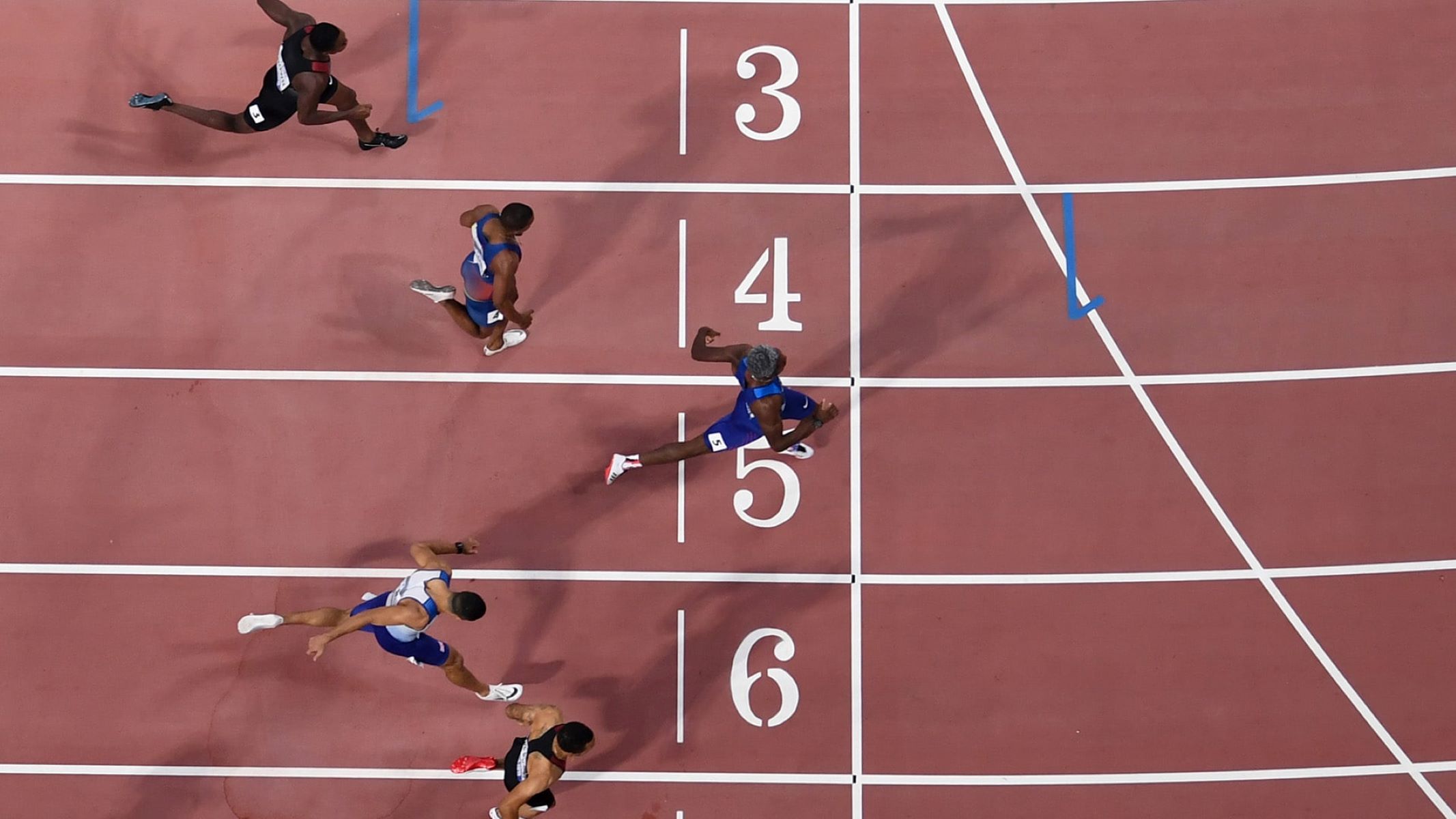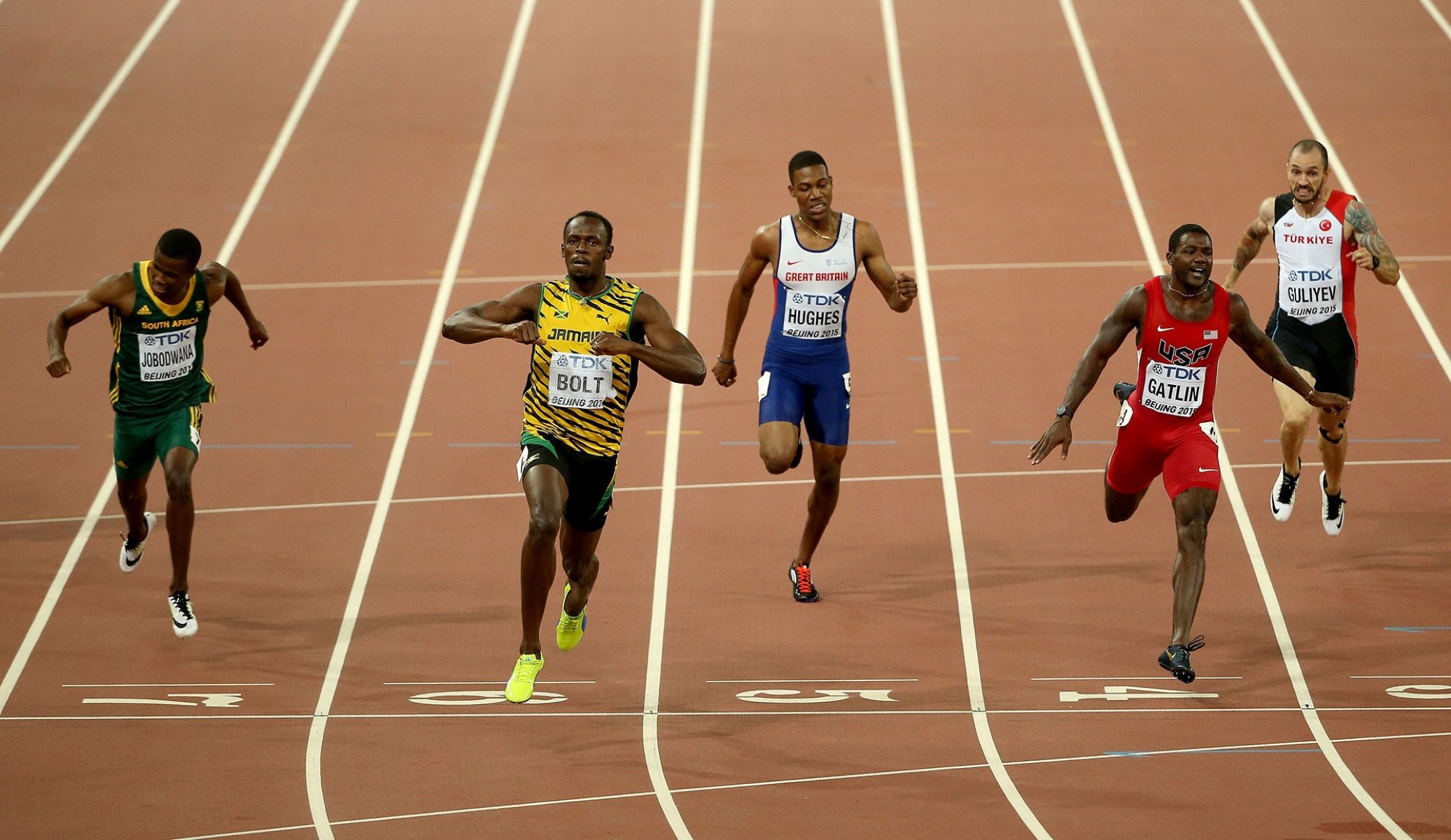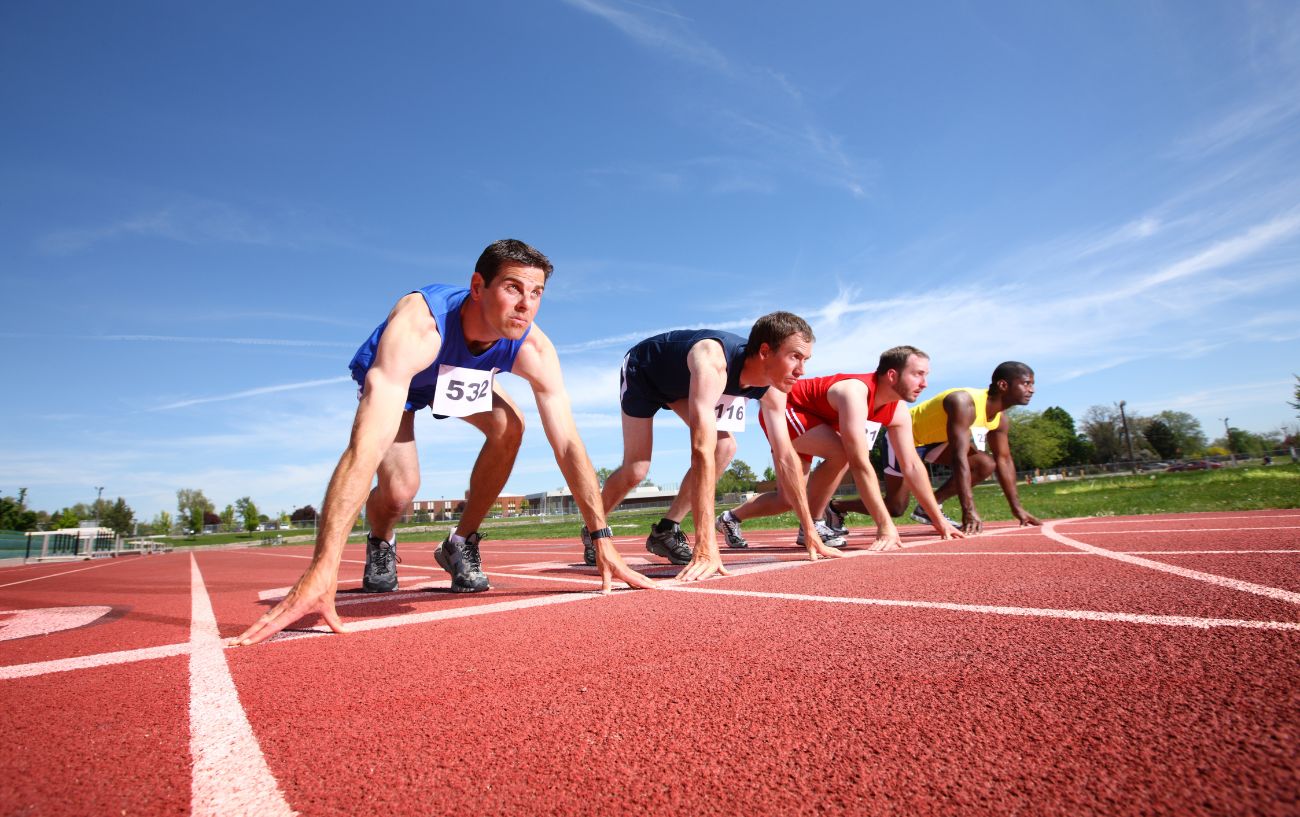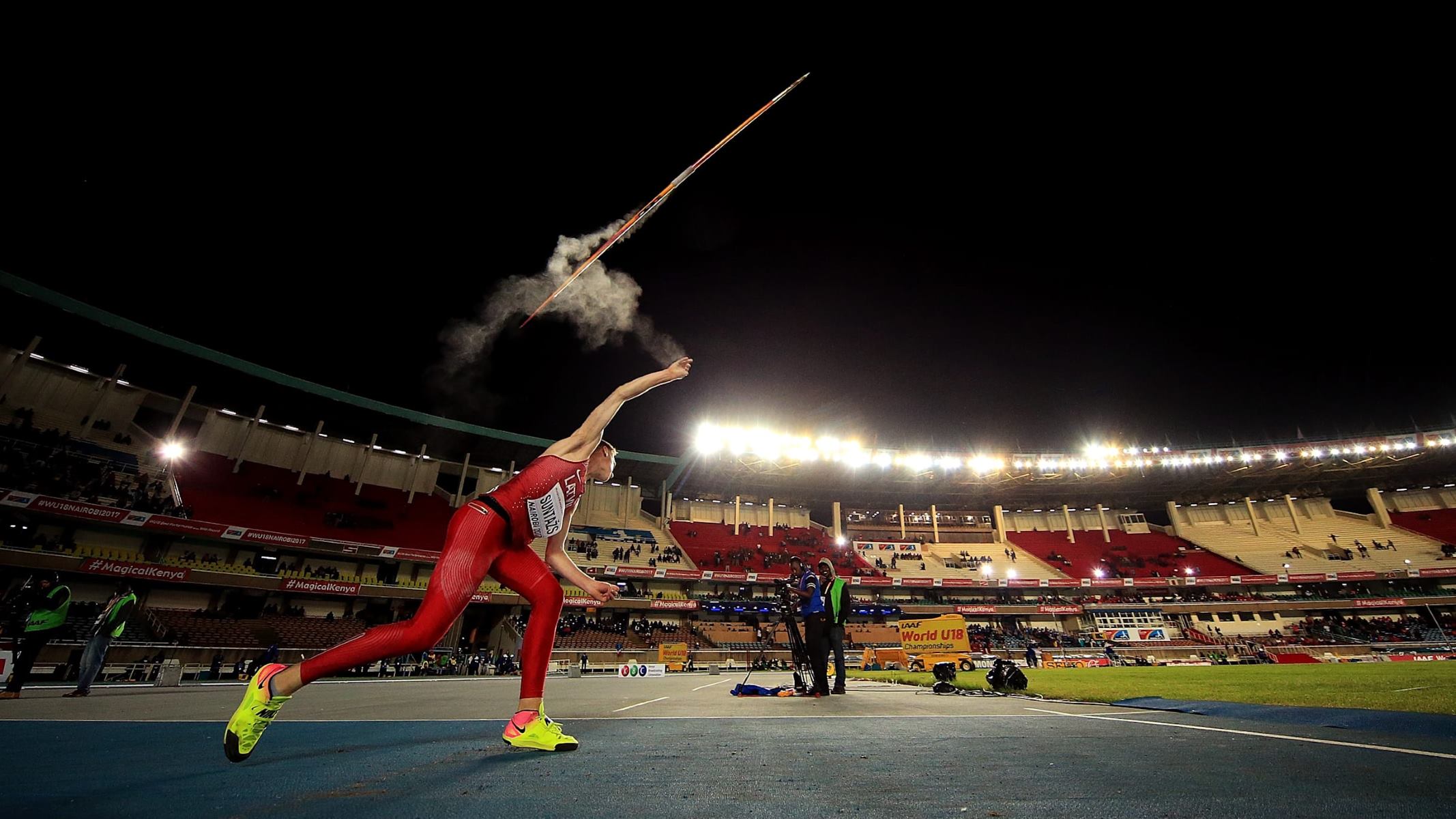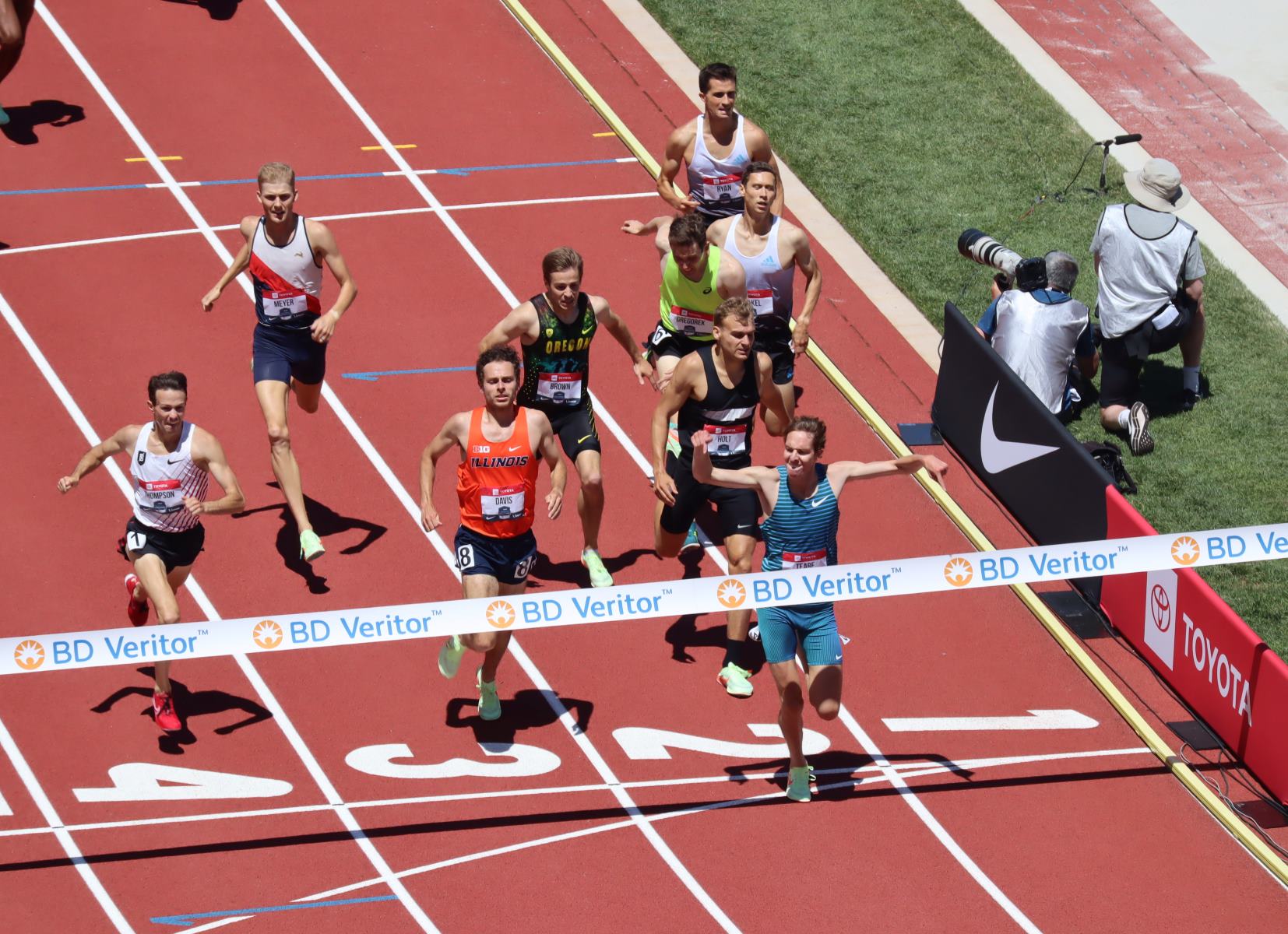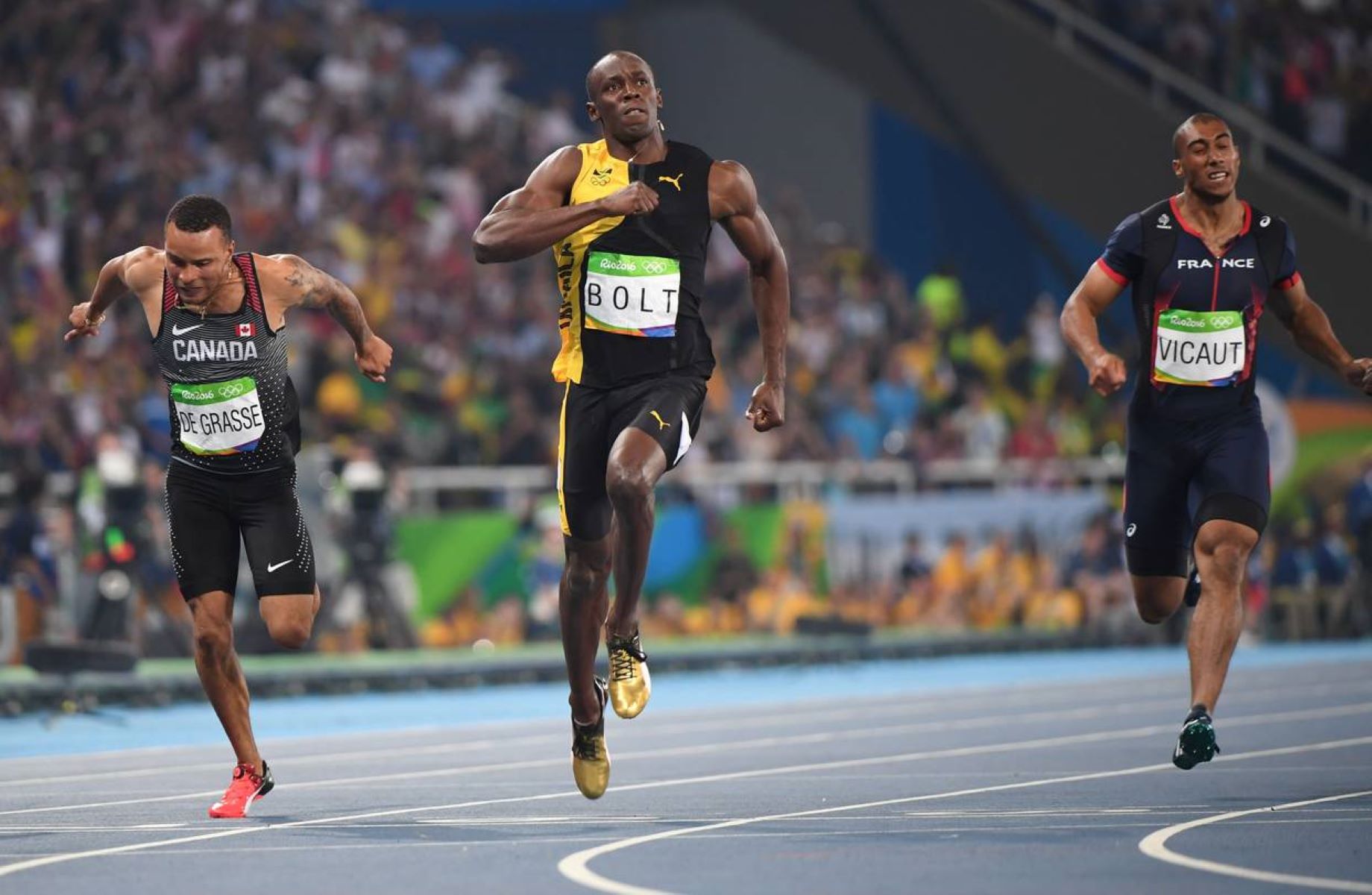Home>Misc>Featured>What Is The Longest Track And Field Event In The Olympics?


Featured
What Is The Longest Track And Field Event In The Olympics?
Published: November 12, 2023
Discover the featured Olympic track and field event with the longest distance measured in meters. Learn about this incredible athletic challenge at an international level.
Introduction
Welcome to the exciting world of track and field events in the Olympics! From sprints to jumps to throws, these events showcase the incredible athleticism and determination of the world’s top athletes. With a rich history dating back to ancient Greece, track and field has become one of the most popular and beloved sports in the Olympic Games.
In this article, we will explore the longest track and field events in the Olympics, focusing on the distance-based disciplines that test endurance and stamina. These events push athletes to their limits, both mentally and physically, as they strive for excellence and the chance to stand on the Olympic podium.
Whether you’re a sports enthusiast, a fan of the Olympics, or simply curious about the longest track and field events, join us as we dive into the fascinating world of these epic competitions.
So, fasten your seatbelts and get ready to learn about the incredible distances that athletes cover in the longest track and field events in the Olympics!
Definition of Track and Field Events
Track and field events consist of various athletic competitions that take place on the track, field, or both. These events are an integral part of the Olympic Games and have a long-standing tradition in sporting history.
Track events are typically held on an oval-shaped track, and athletes compete by running, hurdling, or relaying. These events can range from short sprints, such as the 100-meter dash, to medium-distance races like the 800 meters, all the way up to grueling long-distance events like the marathon.
Field events, on the other hand, take place on a designated area adjacent to the track. They involve disciplines such as throwing, jumping, and vaulting. The throwing events include the shot put, discus throw, javelin throw, and hammer throw, where athletes demonstrate their strength and technique to propel an object as far as possible. The jumping events encompass the long jump, high jump, and triple jump, where athletes attempt to achieve maximum horizontal or vertical distance. Lastly, the pole vault requires athletes to use a long, flexible pole to clear a bar at progressively higher heights.
Track and field events combine speed, agility, strength, and endurance, making them a true test of an athlete’s overall physical ability. These events measure not only an individual’s speed but also their technique, precision, and mental fortitude.
Now that we have a clear understanding of what track and field events entail, let’s dive deeper into the world of track and field in the Olympics and explore the longest events that challenge athletes to go the distance.
The Olympic Games
The Olympic Games, often referred to as the “Greatest Show on Earth,” is a global sporting event that brings together athletes from around the world to compete in various sports, including track and field. The modern Olympic Games originated in Athens, Greece, in 1896, inspired by the ancient Olympic Games held in Olympia from the 8th century BCE to the 4th century CE.
Every four years, the Olympic Games attract athletes, spectators, and media from all corners of the globe. It is a celebration of athleticism, camaraderie, and cultural exchange. The games are governed by the International Olympic Committee (IOC), which sets the guidelines and standards for participation and upholds the Olympic values of excellence, respect, and friendship.
Track and field has always been at the core of the Olympic Games. It was one of the original sports included in the ancient Olympics, and it remains a highlight in the modern Games. The track and field events not only showcase individual brilliance but also contribute to the overall medal tally and national pride.
Athletes who compete in the Olympic track and field events undergo rigorous training and qualification processes to secure their spots on their respective national teams. The Games provide athletes with a platform to showcase their skills, break records, and inspire millions around the world.
Furthermore, the Olympic Games have an immense cultural significance. They promote unity and solidarity among nations, transcending political differences. Athletes from diverse backgrounds and cultures come together in a symbolic gesture of peaceful competition and the pursuit of excellence.
The Olympic motto, “Citius, Altius, Fortius,” meaning “Faster, Higher, Stronger,” encapsulates the spirit of the Games. It encourages athletes to continuously strive for personal improvement and to push the boundaries of human performance.
Now that we have an understanding of the Olympic Games and their importance, let’s take a closer look at the longest track and field events that athletes compete in, pushing themselves to the limits of human endurance and showcasing the pinnacle of athletic achievement.
Longest Track and Field Events in the Olympics
The Olympics is home to some of the longest and most grueling track and field events, where athletes push themselves to their physical and mental limits. These events serve as the ultimate tests of endurance and showcase the remarkable capabilities of the human body.
One of the longest track events in the Olympics is the marathon. Covering a distance of 42.195 kilometers (26.2 miles), the marathon is a true test of stamina. Athletes compete on a road course, usually through city streets, enduring rigorous training and strategic pacing to complete the race. The marathon has a rich history and is often considered one of the highlights of the Olympic Games.
Another long-distance event is the 10,000 meters, also known as the 10K. This track event requires athletes to complete 25 laps on a standard 400-meter track. The 10,000 meters demands a fine balance between speed and endurance, as runners strive to maintain a strong pace throughout the race.
In the field events, the hammer throw stands out as one of the longest. In this event, athletes use a metal ball attached to a wire and handle to generate momentum and hurl the hammer as far as possible. The men’s hammer weighs 7.26 kilograms (16 pounds), while the women’s hammer weighs 4 kilograms (8.82 pounds). The throwers need exceptional strength and technique to maximize their distance.
The javelin throw is also a mesmerizing event that tests both strength and precision. Competitors attempt to launch a javelin as far as possible using a running start and a specific throwing technique. The men’s javelin weighs around 800 grams (1.76 pounds), while the women’s javelin weighs approximately 600 grams (1.32 pounds).
Lastly, we have the racewalking events, which include the 20-kilometer racewalk and the 50-kilometer racewalk. In racewalking, athletes must maintain an upright position while maintaining contact with the ground at all times. This unique technique, along with the long distances covered, requires both physical and mental endurance.
These are just a few examples of the longest track and field events in the Olympics. Each event presents its own set of challenges, requiring athletes to train rigorously and hone their skills to achieve peak performance.
Now that we have explored the longest track and field events in the Olympics, it’s clear that these competitions push athletes to their limits and provide a stage for incredible athletic achievements. The dedication and commitment required to compete in these events truly exemplify the spirit of the Olympic Games.
Conclusion
Track and field events in the Olympics are a true testament to the spirit of athleticism, perseverance, and excellence. From the shortest sprints to the longest endurance races, these events captivate audiences with their display of speed, power, and agility.
In this article, we have explored the world of track and field in the Olympics, focusing on the longest events that challenge athletes to go the distance. The marathon, 10,000 meters, hammer throw, javelin throw, and racewalking events all push athletes to their physical and mental limits, showcasing the incredible capabilities of the human body.
The Olympic Games themselves symbolize the unity and camaraderie of nations, transcending cultural differences and political barriers. Athletes from around the world come together to compete, inspire, and showcase their skills on the world stage. The Games encourage personal improvement, pushing athletes to be faster, higher, and stronger.
Whether it’s the exhilarating long-distance races, the awe-inspiring throws, or the graceful racewalking events, the longest track and field events in the Olympics captivate audiences and reimagine the boundaries of human performance.
As we celebrate the triumphs and achievements of athletes in these events, we are reminded of the power of dedication, determination, and hard work. The journey to the Olympic Games is filled with sacrifices and countless hours of training, but the rewards are immeasurable.
So, let us continue to cheer for the athletes who participate in track and field events in the Olympics, appreciating their hard work and dedication. May their performances inspire us to chase our own dreams and strive for excellence in all that we do.
Thank you for joining us on this journey through the longest track and field events in the Olympics. Remember, the pursuit of greatness knows no limits.
